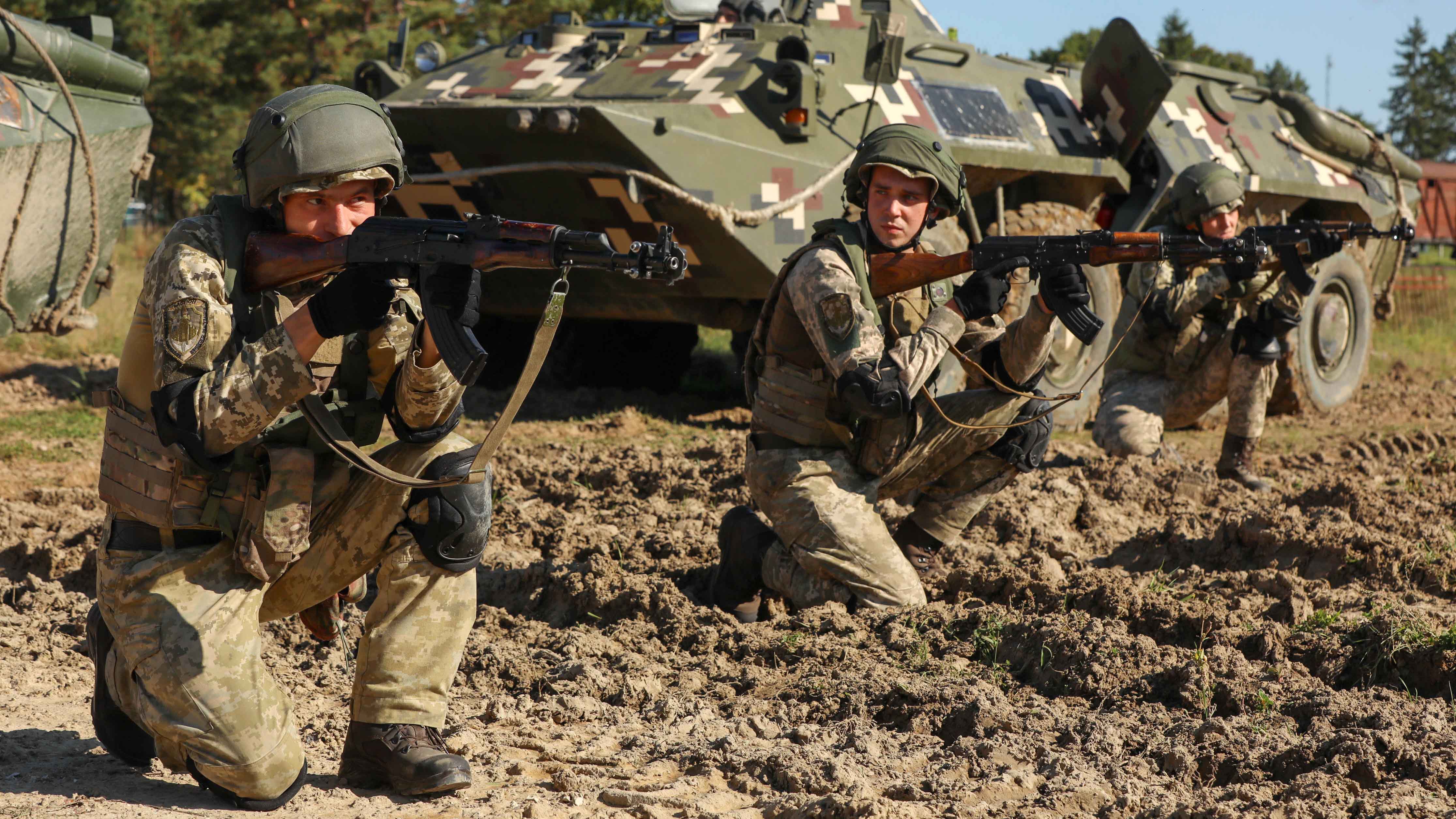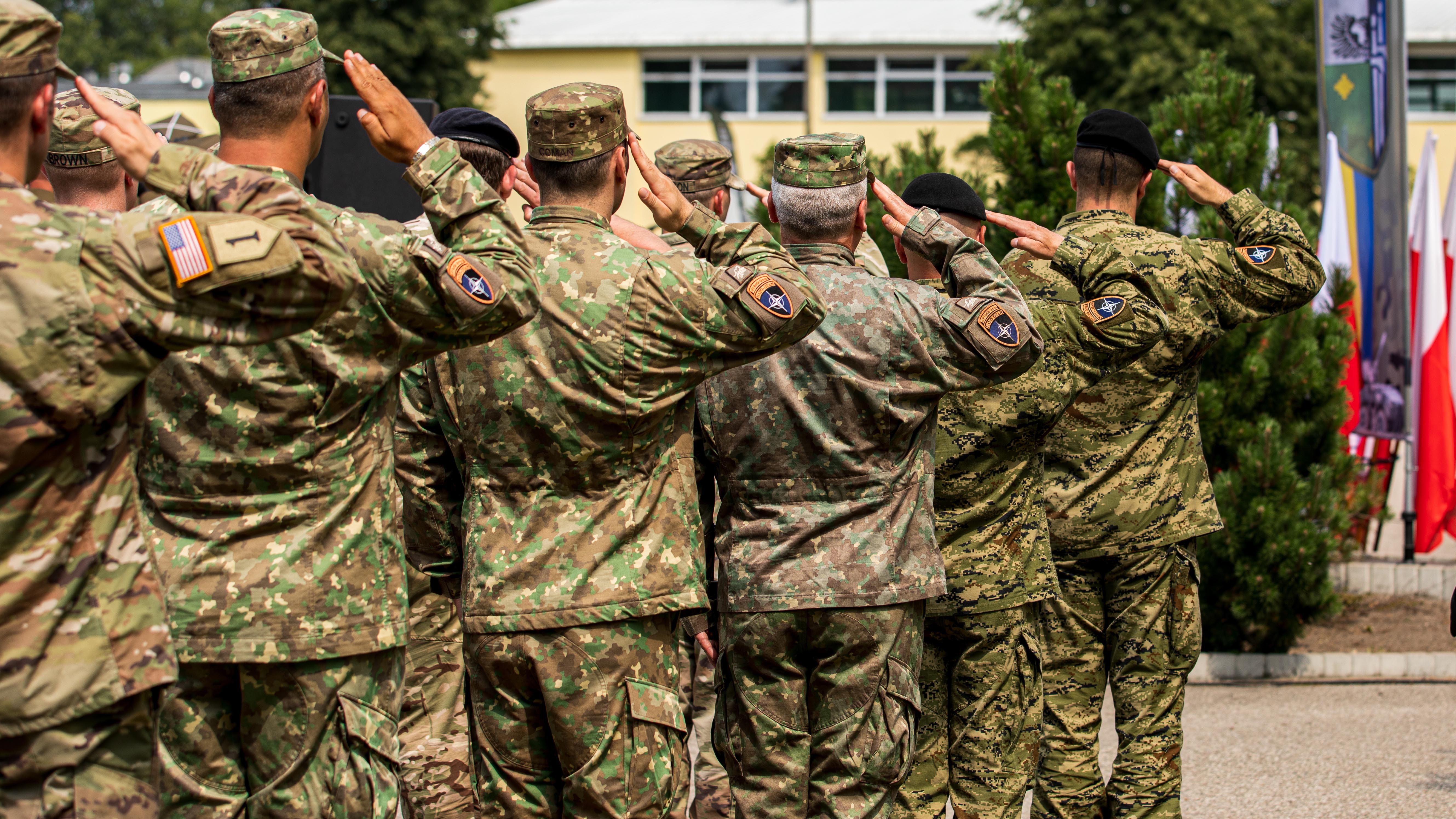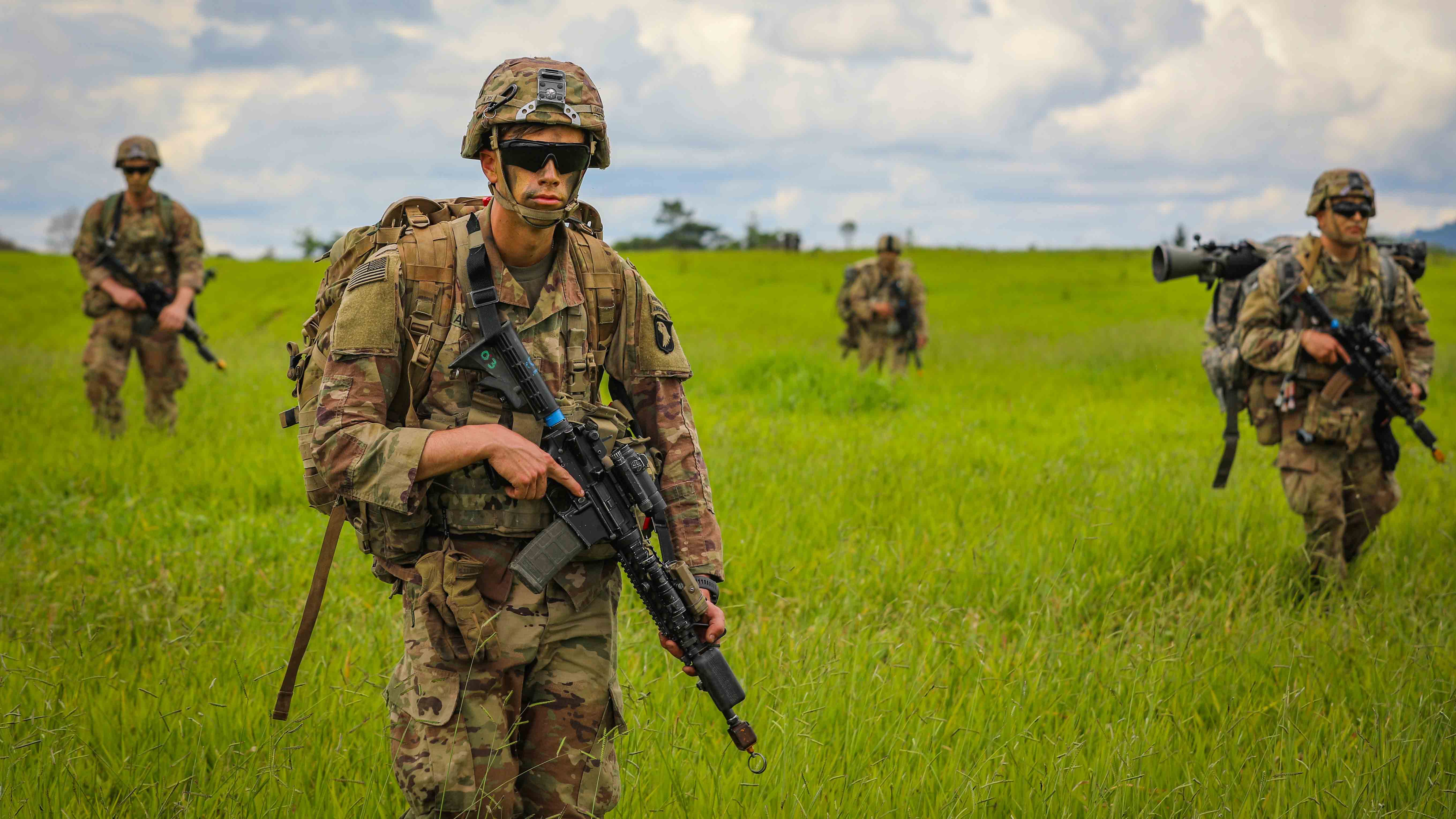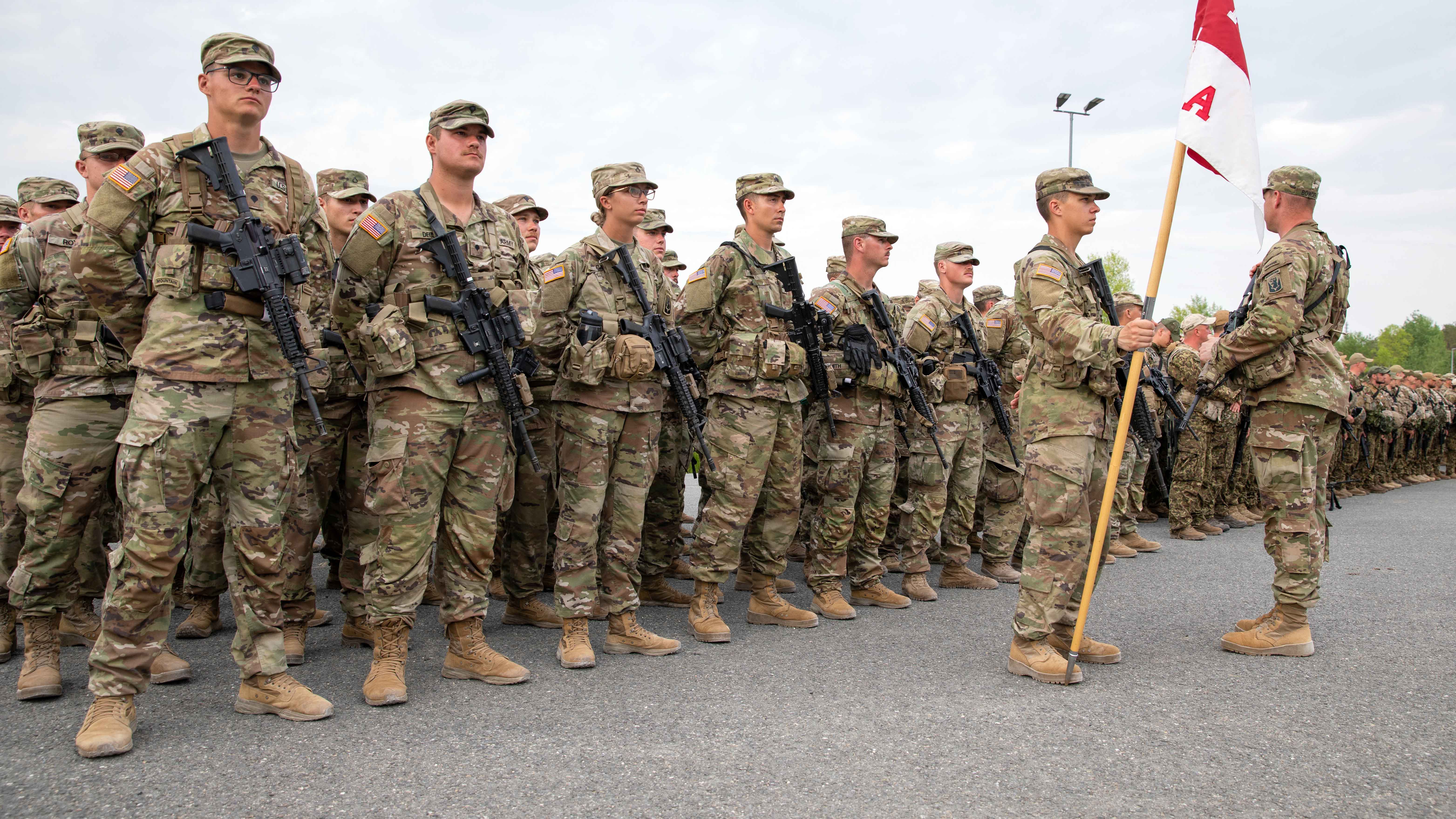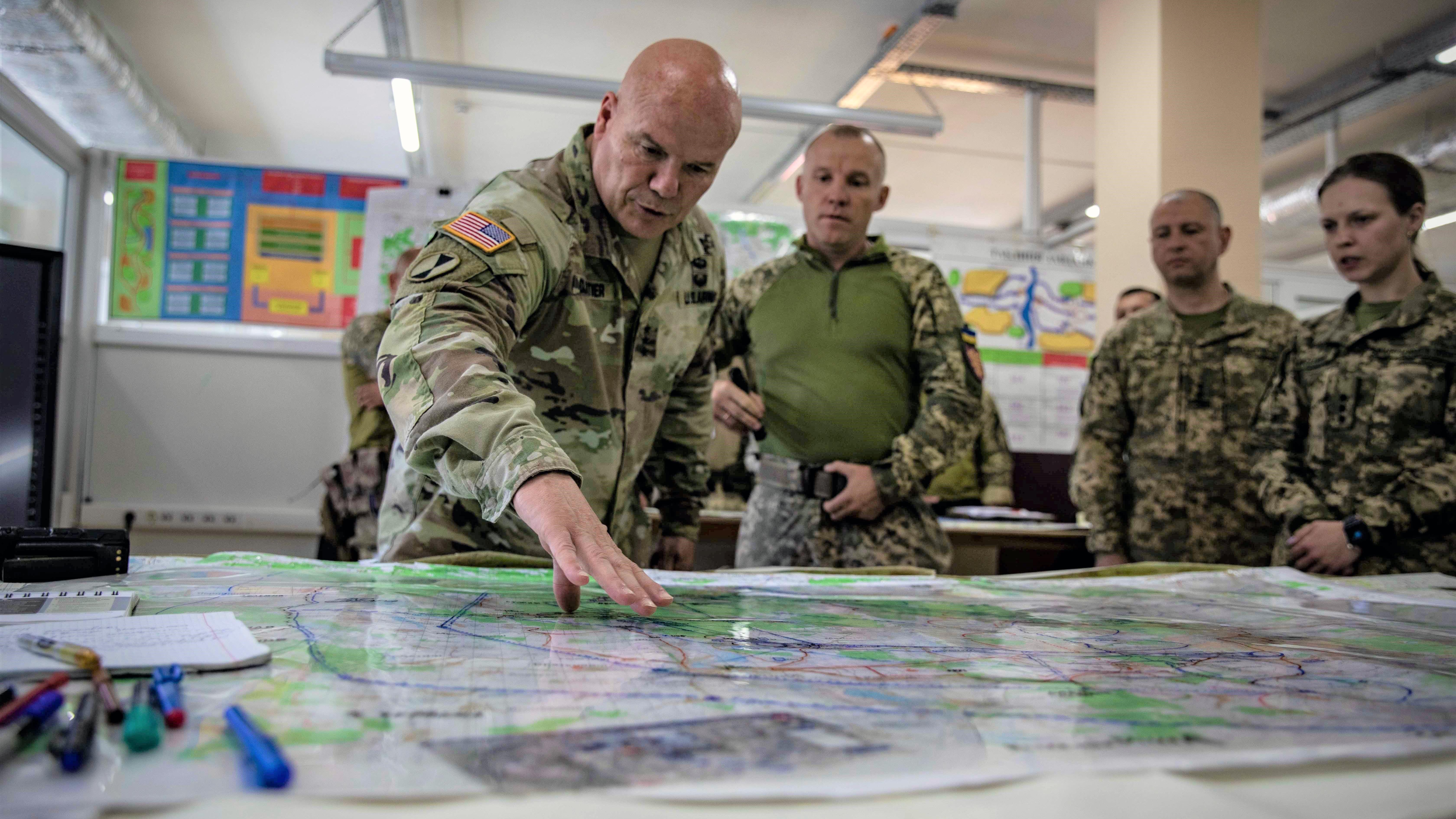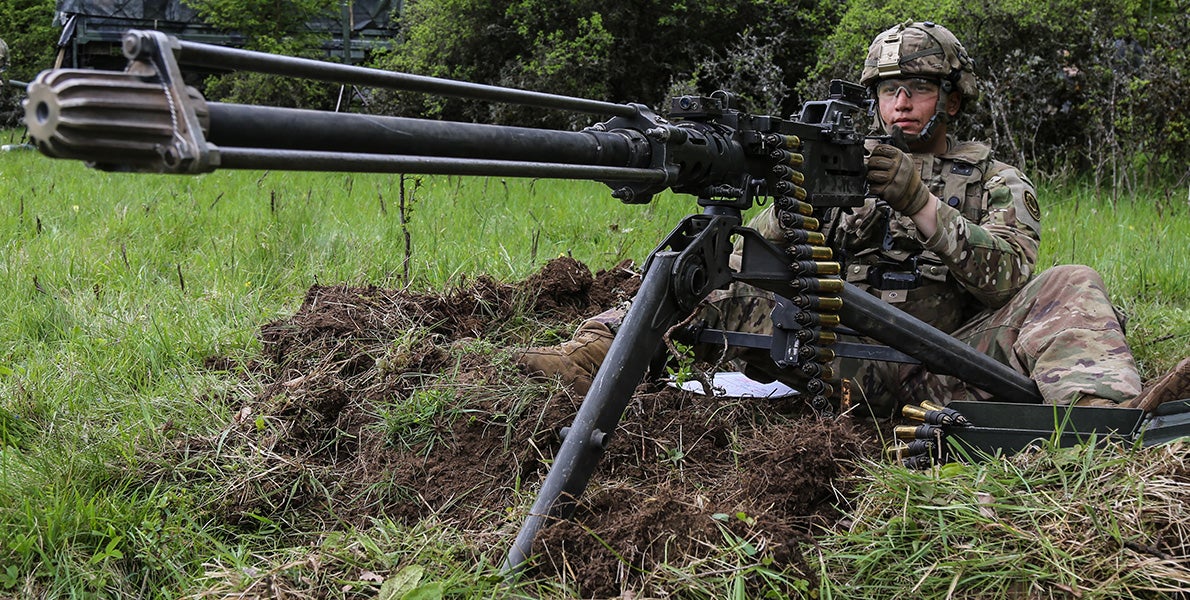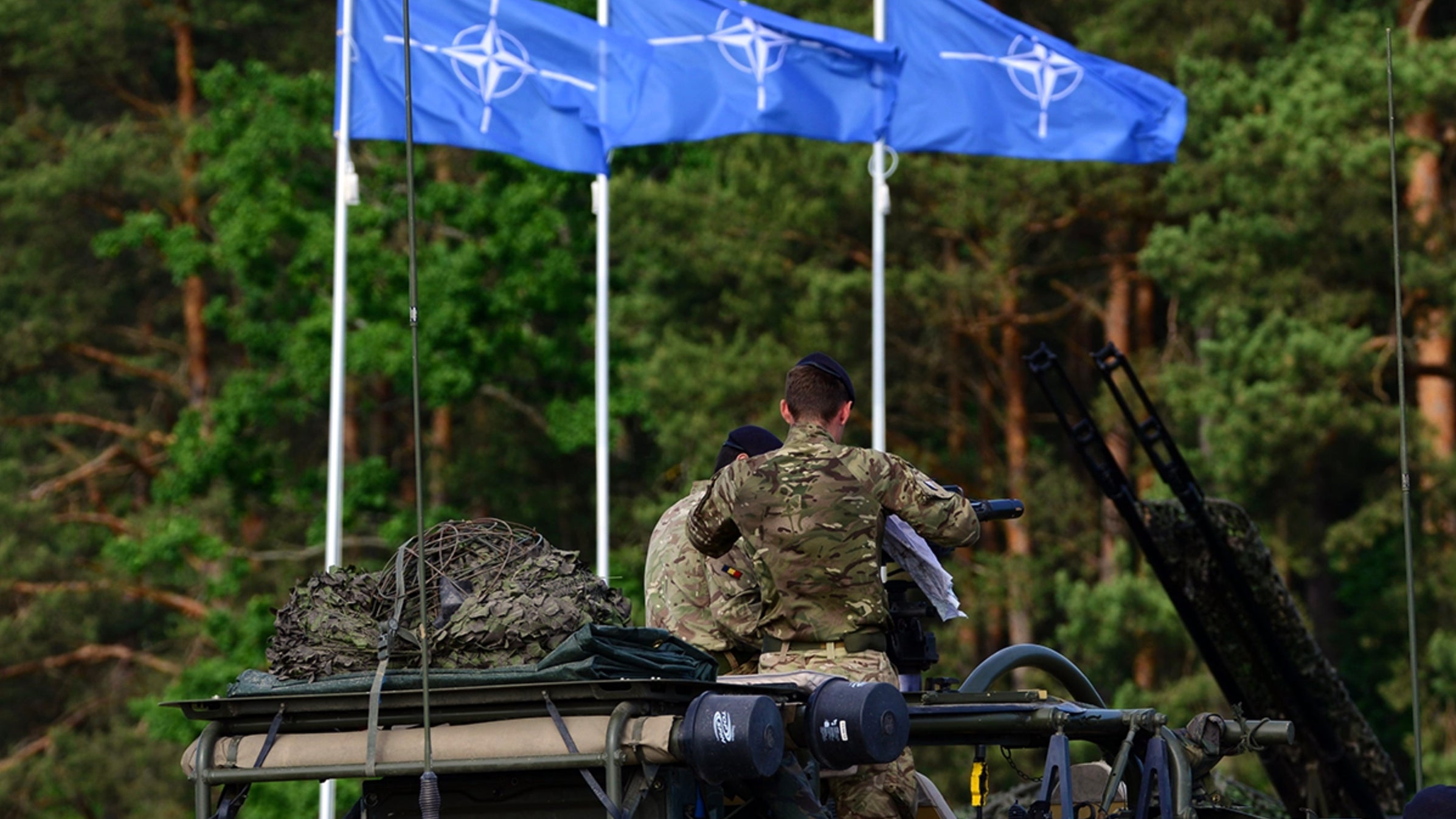AUSA Responds to Conflict in Ukraine
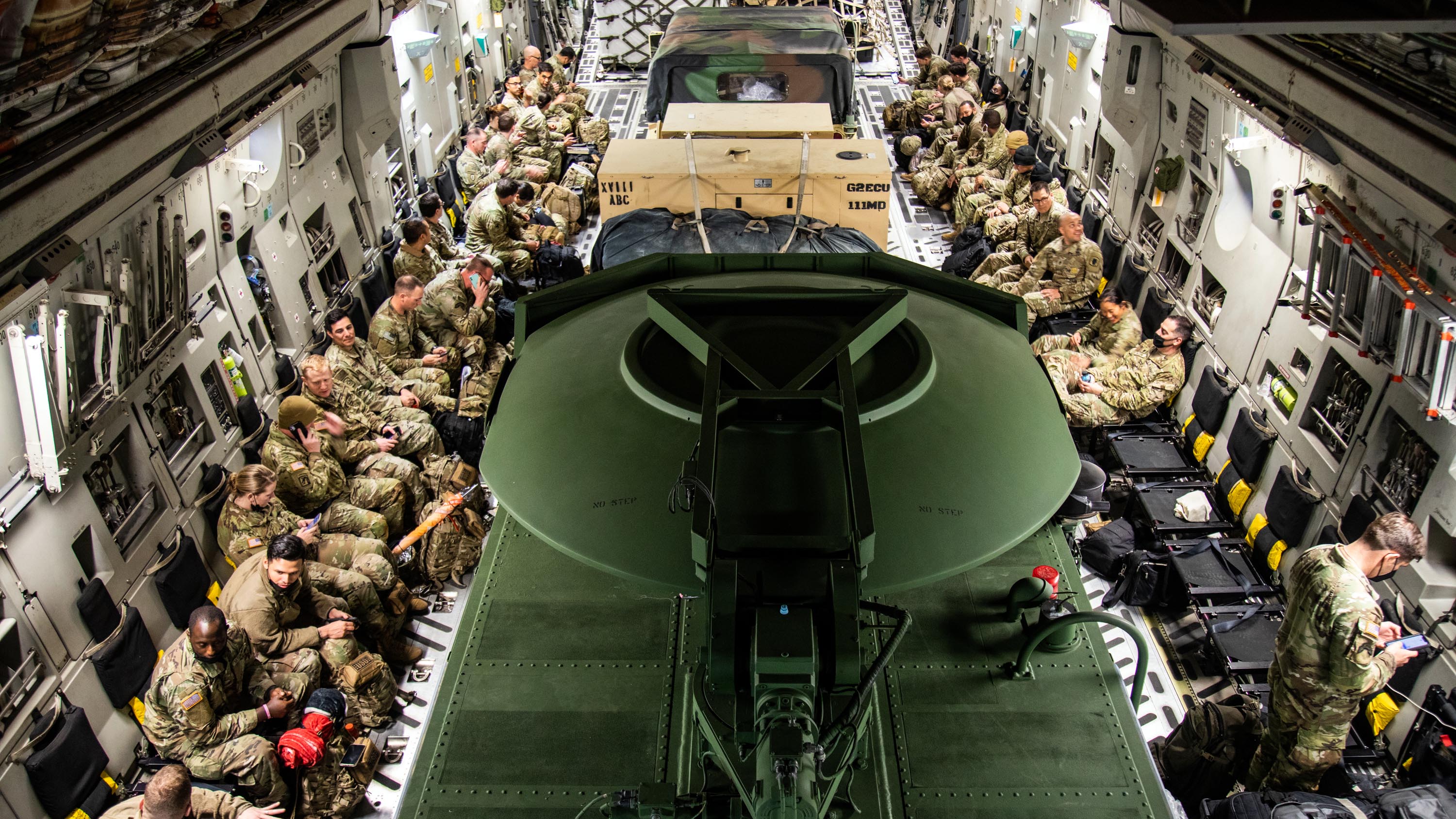
The Association of the U.S. Army supports America’s Army as it sends soldiers to bolster and assure our NATO allies and partners in Europe.
“At this defining moment in world history, the United States Army stands ready to defend our nation’s security and support our European allies and partners, just as it has for generations,” said retired Gen. Bob Brown, AUSA president and CEO.


